
Urinary Incontinence: Essential Guide to Living Free and Happy
Did you know that 20% of the Portuguese population over 40 years old suffers from urinary incontinence? (Source: https://www.lusiadas.pt/blog/doencas/sintomas-tratamentos/factos-mitos-sobre-incontinencia-urinaria)
The complex, and often challenging, experience of dealing with urinary incontinence is something that most people face silently. In fact, only 10% of people suffering from incontinence seek medical help, which prevents them from starting treatment and, perhaps, achieving a cure.
This article invites you to look at this condition in a lighter, more secure, and confident way. Throughout the article, we will explore the different types of incontinence, unveil the solutions, and, above all, offer a guide to living free and happy despite adversities. Stay with us!
What is Urinary Incontinence?
Before understanding exactly what Urinary Incontinence is, let’s comprehend how the urinary system works. This system consists of the bladder (an organ that stores urine) and the urethra (a canal through which urine is expelled), which has a muscular sphincter. Throughout the day, the bladder relaxes and expands to be able to store the urine that is being produced. It’s when the storage limit is reached that we feel the urge to go to the bathroom. As soon as the appropriate moment arrives, the brain signals the sphincter to relax, allowing the urine to be eliminated.
Urinary incontinence consists of the involuntary loss of urine. In people with urinary incontinence, what happens is that there is a weakening of the pelvic floor muscles, resulting in the inability to control urinary flow.
What are the causes of Urinary Incontinence?
The most common causes of urinary incontinence are three: recurrent urinary tract infections, malformations of the urogenital tract, and alterations in the hormonal system. However, it should be noted that there are some types of urinary incontinence with a neurological origin, which require a specific approach. Even so, there are some risk factors that allow us to identify the population groups that are more prone to develop this condition.
To learn more about the symptoms of Urinary Incontinence, read our article: “Symptoms and Treatment of Urinary Incontinence. Live Without Barriers!”.
Risk Factors
Contrary to what may commonly be thought, urinary incontinence can affect anyone – although it is true that there is a higher incidence in certain groups. But which groups are these?
- Advanced age (elderly);
- Woman (indeed, it accounts for 85% of patients with this condition);
- Hormonal changes (resulting from pregnancy and/or menopause);
- Obesity.
What are the types of Urinary Incontinence?
- MILD INCONTINENCE
Mild incontinence is characterized by sporadic and minimal loss of urine, such as when sneezing or coughing. It is a difficulty in fully controlling the bladder, resulting in small occasional leaks. It is often associated with weakness in the pelvic floor muscles, natural aging, and can also result from pregnancy and childbirth.
- MODERATE INCONTINENCE
Moderate incontinence involves more frequent loss of urine, usually in moderate amounts. We know we are dealing with moderate incontinence when, for example, there is difficulty in reaching the bathroom in time or a sudden urgent need to urinate. There may also be urine loss during light physical activities.
- SEVERE INCONTINENCE
Severe incontinence is characterized by significant and frequent loss of urine, often making it difficult to perform daily activities. In these cases, incontinence has a significant impact on quality of life and self-esteem, resulting from the inability to control the bladder, leading to severe leaks that can occur even during rest.
How to Treat Urinary Incontinence?
The approach to treating urinary incontinence varies based on the underlying cause and the severity of symptoms. In addition to pharmacological and surgical treatments, pelvic floor retraining can also play an important role as it allows for effective strengthening of the pelvic floor muscles. In some more severe cases, surgical treatment may be necessary.
It is common for those who suffer from urinary incontinence to have some reluctance to admit it. This often leads to a late diagnosis, and therefore, the treatment may be inadequate or ineffective. Nevertheless, it is important to emphasize that it is possible to have an active and free life even with urinary incontinence, thanks to incontinence pads.
How to choose urinary incontinence pads?
The main message to convey is that, despite the issue of incontinence, anyone can be free and happy. HARTMANN is a German brand dedicated to the production of incontinence pads and diapers to ensure that incontinence is not a “prison” .
If you have just encountered Urinary Incontinence, you may be wondering how to know which pads are most suitable for you among all the options we offer. We will now provide a brief guide to help you choose:
- GENDER
The needs and anatomies differ between men and women, and HARTMANN produces pads specifically designed to meet these differences. Incontinence Pads for Women offer options that consider body shape, resulting in pads that are more discreet and tailored to the female anatomy. On the other hand, Incontinence Pads for Men are designed for greater comfort and effectiveness, taking into account the male anatomy.
- ABSORPTION LEVEL
The different levels of incontinence require varying levels of protection to ensure comfort and security:
For mild incontinence, low to medium absorption pads can be ideal, providing a discreet and effective solution.
For moderate incontinence, medium to high absorption pads offer a more robust barrier against involuntary leaks, keeping the skin dry and preventing irritations. Pads for moderate incontinence range between 2 and 4 drops, so you should look for the one that best suits your needs.
For severe incontinence, opting for high-absorbency pads is crucial to ensure maximum protection and provide confidence to the user. Pads for moderate incontinence range between 6 and 8 drops, so you should look for the one that best suits your needs. Another option for severe incontinence is diapers and pull-up diapers, which we will discuss further ahead.
How to use urinary incontinence pads?
The use of incontinence pads is very similar to the use of sanitary pads. Before starting, make sure the genital area is clean and dry. Center the pad on the underwear, ensuring proper adhesion. Make sure it is well-adjusted, avoiding wrinkles that may compromise effectiveness.
Maintaining a regular changing routine is essential to keep hygiene and prevent discomfort associated with urinary incontinence. By following these guidelines, it is possible to enjoy the benefits of pads discreetly and efficiently, contributing to a more comfortable and worry-free life.
Underwear and Diapers for Urinary Incontinence
For severe stages of incontinence, Incontinence Diapers and Incontinence Pull-Up Underwear are options that can make all the difference in a confident and secure daily life. Similar to pads, diapers and pull-up underwear are also tailored to the anatomy of genders, and when choosing the ideal model for yourself, it’s important to consider the necessary level of absorption.
- SIZE
With a range that spans from small (S) to extra-large (XL) sizes, these options provide a personalized solution for all users. Choosing the correct size not only ensures a secure and comfortable fit but also contributes to the effectiveness in preventing leaks and provides greater confidence in daily life.
Urinary Incontinence in Women
90% of women use sanitary pads to manage urine leakage. However, this is not a recommended practice… Incontinence pads are designed with specific features to deal with urine, providing superior absorption levels and a greater capacity to retain liquids. In contrast, sanitary pads are designed to absorb menstrual fluids and are not suitable for the effective management of urinary incontinence.
Additionally, incontinence pads are structured to control the odor associated with urine, ensuring a feeling of freshness and hygiene over time. Many of these bandages are also designed with an impermeable outer layer, preventing possible leaks and protecting clothing from potential damage. Discover ‘3 Essentials for Active Women with Urinary Incontinence‘.
Urinary Incontinence in Men
At age 50, about 20% to 30% of men have lower urinary tract symptoms. This percentage increases to 55% in men over 80 years old. With advancing age, changes in the prostate are more common. These changes can result in symptoms such as difficulty starting or stopping the urinary flow, increased urinary frequency, and in some cases, incontinence.
It is important for men to be aware of these physiological changes as they age and understand that urinary incontinence is not just a condition associated with aging. It is indeed something that can be managed and treated with the proper medical attention.
Urinary Incontinence: Advantages of Buying Online
Suffering from urinary incontinence is a condition that shakes self-esteem and confidence. That’s why we know that the task of buying urinary incontinence pads or diapers at supermarkets can be challenging and intimidating. However, now you can buy your incontinence products completely online.
Buying online provides the necessary discretion for sensitive products, which are conveniently delivered to your home, respecting your privacy. Furthermore, you can do it at any time, easily and quickly, with just a few clicks. At Loja Ortopédica, you can order your HARTMANN incontinence pads or diapers securely and reliably.
Urinary Incontinence: How to Prevent?
Taking a preventive approach to urinary incontinence can help prevent or delay the development of this condition. Most of the behaviors related to preventing incontinence aim to strengthen the pelvic floor muscles, but adopting healthy lifestyle habits is also crucial.
So, to prevent urinary incontinence, it is advised:
- Drink plenty of water. Dehydration increases bladder irritation and facilitates incontinence;
- Maintain a balanced, varied, and healthy diet;
- Manage weight;
- Avoid frequent retention of urine, which means going to the bathroom as often as needed. Always try to empty the bladder completely;
- Avoid constipation;
- Exercise the pelvic floor muscles (Kegel exercises).
Urinary Incontinence: Living Free and Happy
Preventing, treating, and choosing the right products are fundamental steps for all those facing incontinence. Far from being an insurmountable barrier, it is a condition that can be faced with information and well-founded choices. From prevention to selecting the appropriate products, each step is crucial to ensure the comfort, health, and confidence of those facing this reality.
At the heart of this essential guide, the central message is: it is possible to live free and happy with urinary incontinence. As we explore the available solutions, we reaffirm the possibility of living not only despite urinary incontinence but also with it – with the certainty that it is possible to achieve a life full of well-being and security.
If you have any doubts about the best option for yourself or a family member, or which choice best meets your needs, talk to our specialized professionals who are always available to help and advise you. Get in touch with us!
We know and have what you need!



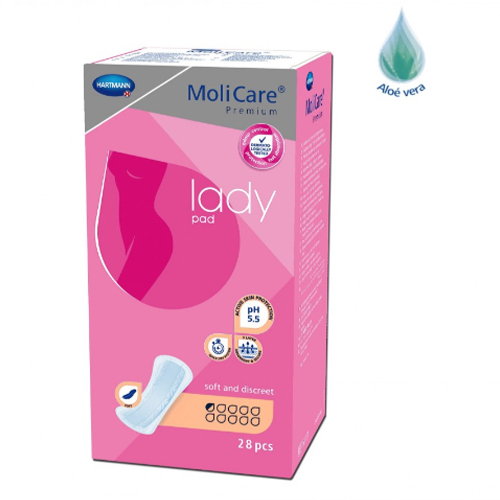
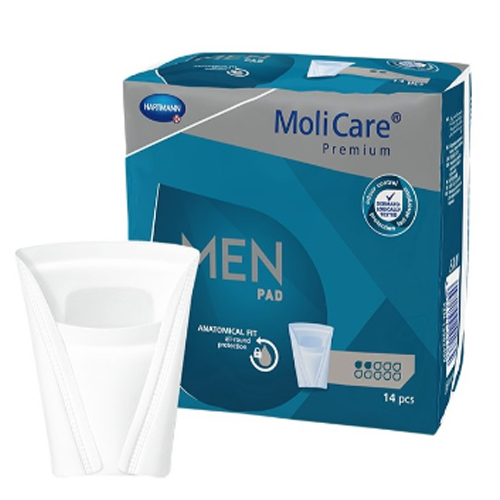
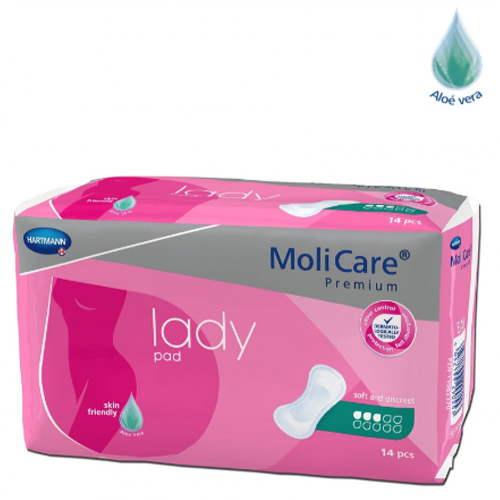
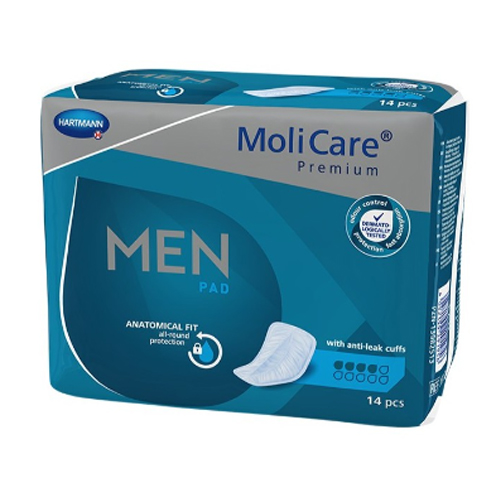
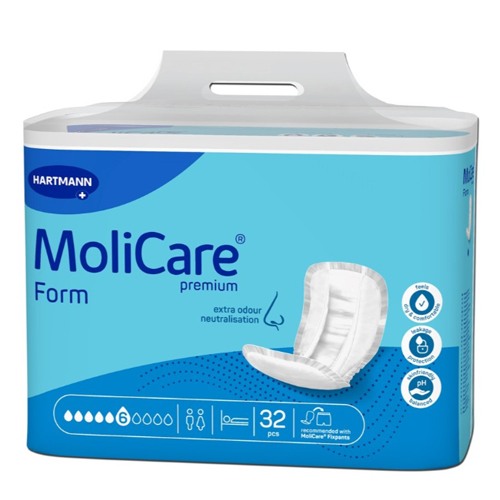
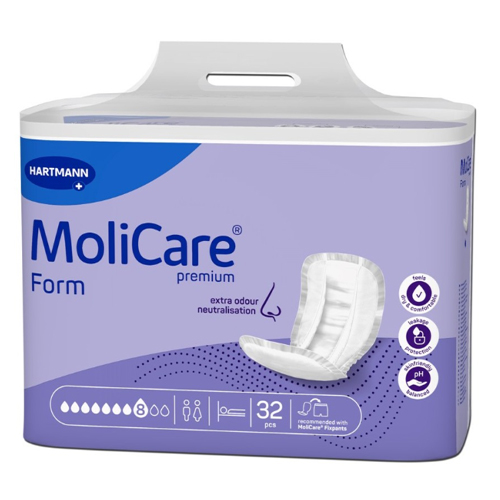



No Comments